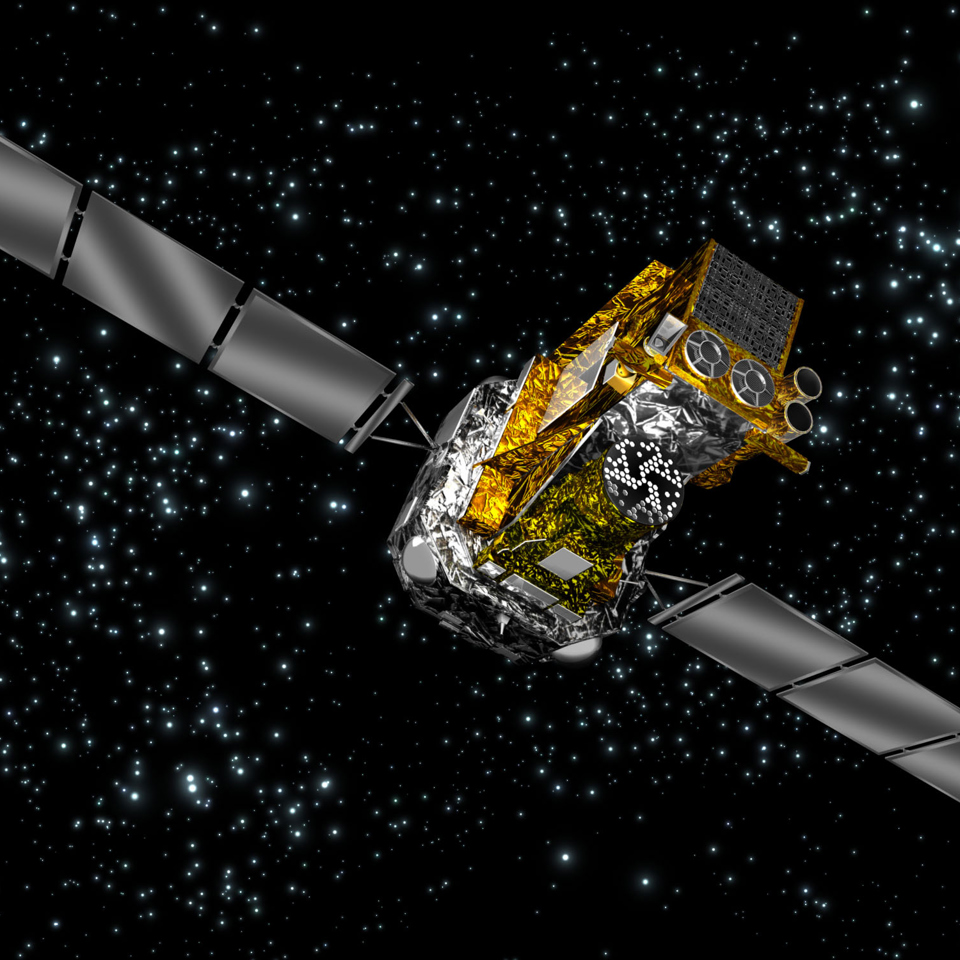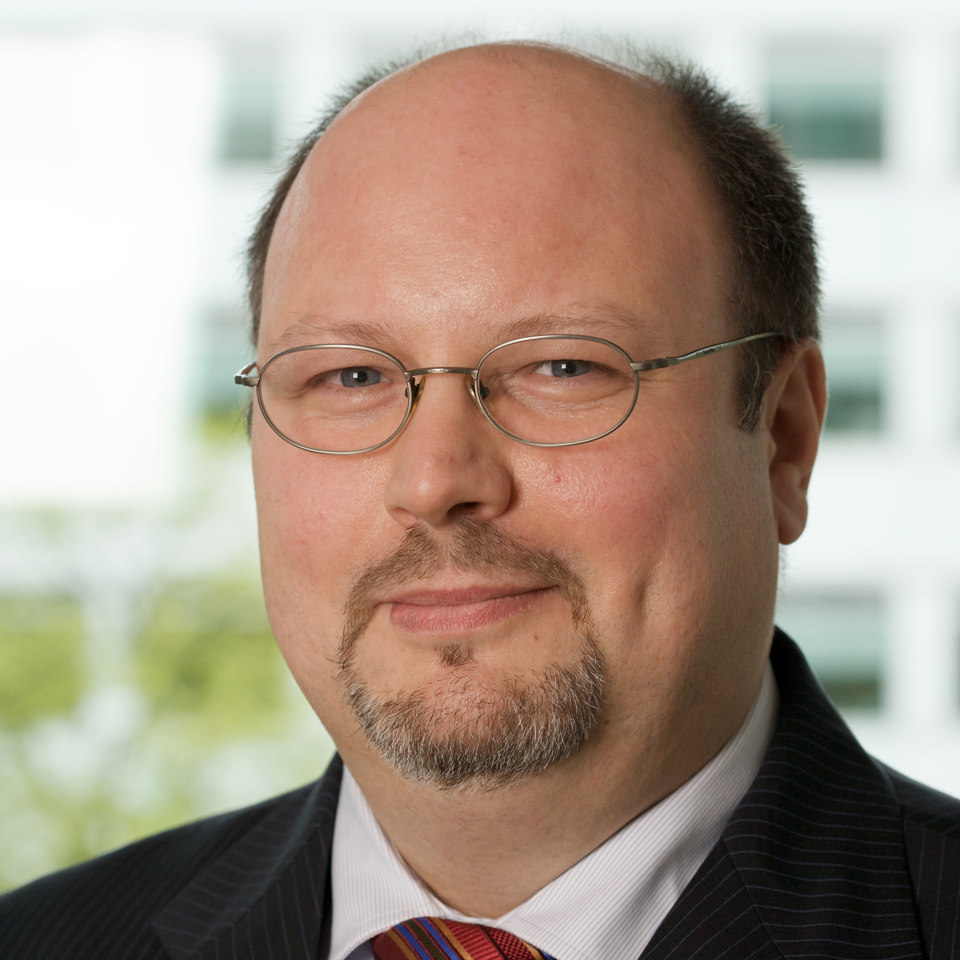Preparing and running satellite operations
Operations engineers are involved in preparing and running operations for both the satellite and ground systems. A typical operations engineer needs a good understanding of the mission, covering both the satellite and ground segment, and makes use of tools and systems in the ground segment to do the job.
Comprehensive Engineering Support
Advanced Simulation and Training Tools
Continuous Improvement through Real-Use Experience
Specific areas where we provide support to operations activities are:
- Spacecraft Operations Engineering
- Flight Dynamics Engineering
- Ground Segment Engineering
- Network Operations Engineering
- System Verification and Validation
The tools used include satellite simulators, actual ground systems and the facilities to prepare for operations and analyzing the data resulting from the operational activities. For example, the flight procedures need to be written, tested and qualified by the engineers, and maintained during the routine operations. These engineers are also responsible for analyzing anomalies and formulating solutions and/or work arounds for the problems, and following-up in case third parties are involved in the problem resolution.
For spacecraft operations, data analysis is done to assess the performance of the different elements of the spacecraft and highlight any degradation. The engineers would then be responsible for defining any recovery actions or alternative procedures to ensure the continued viability of the mission.
An important tool is the operational simulator – this is used in the commissioning the ground segment and training of operations personnel (including the engineers). It also is used to validate the operations procedures. Commissioning tests are necessary to ensure the ground segment works as a coherent system. Operations training also covers human aspects - injection of anomalous situations to see how the operations team reacts to solving problems. The simulator is used throughout the lifetime of the mission.
At Terma, we are able to feed back the experience gained by our operations engineering personnel into our own products to ensure that the products are continuously improved using the real-use experience and lessons learned.

The INTEGRAL Mission
Want to learn more?
If you have any questions about Operations Engineering, please get in touch with our expert.





